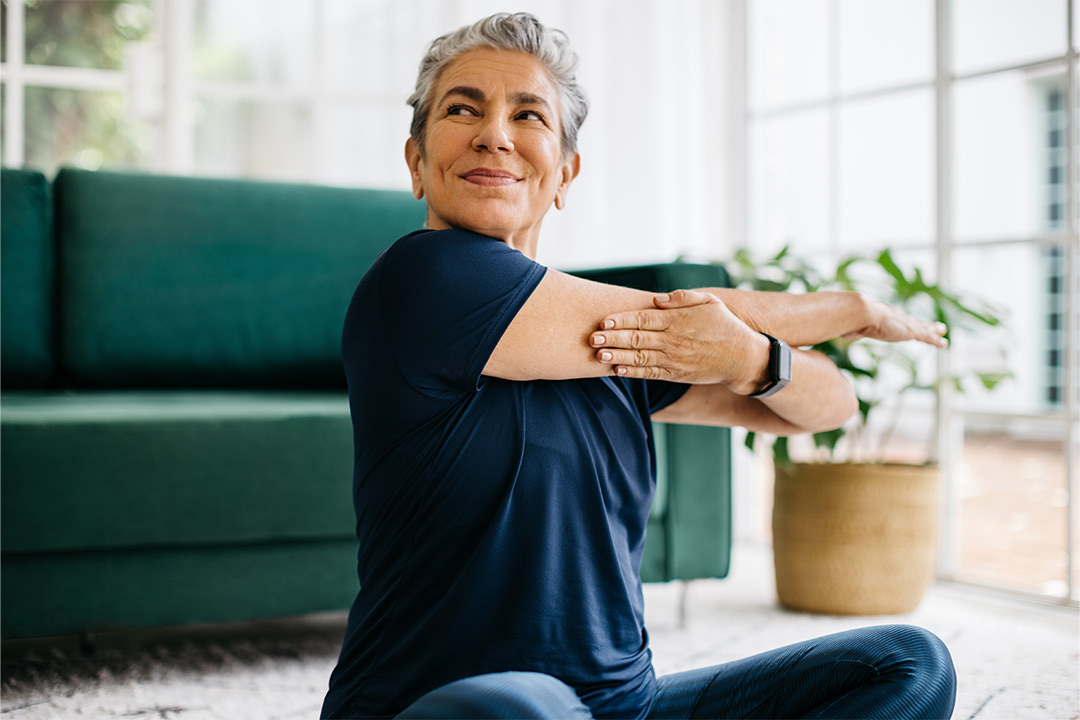While younger members approach their workout regimen with one set of needs, those in their autumn years have very different requirements and preferences. Here’s how to make sure your fitness offerings are serving each age bracket.
It goes without saying that time changes us, but what’s less obvious is how time changes our physical needs. As young adults, we must diligently build the habits that will carry us through the rest of our lives. In middle age, our goals shift toward mitigating the lifestyle changes that make staying healthy a challenge. And as we grow older, our focus shifts toward preserving our mobility and strength well into our later lives.
For payers whose members run the generational gamut, it’s crucial to bear in mind each group’s differing priorities and needs, particularly when considering fitness benefits. Here’s a closer look at what each group both wants and requires from their fitness programming.
Young adults (Gen Z)
There are 68 million members of Gen Z (born between 1995 and 2012) in the United States.1 This lively cohort has a unique relationship to fitness, with many viewing it as a holistic practice that nurtures both physical and mental health. Research shows that this highly educated and digitally engaged segment prizes self-care. Eighty percent of Gen Z report that they make seeing to their personal wellness a priority in their lives.2 Another telling fact: 80% of Gen Z has health insurance,3 while only 66% of their millennial counterparts can say the same.4
Though this generation is among the most digitally connected, and while many prefer a hybrid in-person/at-home fitness regimen, many members of Gen Z prefer to work out in a gym rather than virtually, perhaps because their smaller or shared living spaces aren’t as conducive to at-home exercise.5 In addition, their progressive views on body acceptance and fitness at any size are evident in their chief exercise goals. One study found that Gen Z social media users were 5 times more likely to call out fat shaming online than millennial users.6 Another study found that Gen Z’s goals center on maintaining fitness rather than losing weight.7
The takeaway? As young adults, those in Gen Z are building the habits they will carry with them through the rest of their lives. It’s imperative that fitness benefits be readily available to them as they set these routines in stone. It’s also important that benefit offerings take a holistic and positive view of wellness to truly make an impact with this whole-body focused generation.
Middle-aged adults (millennials and Gen X)
Research reveals that millennials (born between 1980 and 1994) prefer to work out largely at home or on their own. Only 28.2% of millennials maintain an in-person gym membership and the rest opt for free and low-cost forms of exercise at home, such as walking or jogging.8 A possible reason? Money. One study found that only 24% of millennials are “financially healthy.”9 This may very well explain why “extras” such as gym memberships are simply out of reach.
But millennials do have a particular liking for group fitness classes, with 63.9% saying they’d be interested in taking one.10 Such classes are a major feature of many boutique gyms, which may explain why these establishments are so popular. In fact, 74% of active millennials say they patronize boutique fitness centers.11
Meanwhile, members of Gen X (born between 1965 and 1979) make up 33% of all health club members12 and place a premium on exercise. Seventy-one percent of one survey’s Gen X respondents said that staying active is important to them.13 Perhaps that’s why Gen X gymgoers are more likely to stick around once they find a gym that suits them. They also stay enrolled, on average, one year longer than members of other generations.
The bottom line: Millennials and Gen Xers have unique fitness preferences, but their overall physical needs are largely the same:
- Retain muscle
- Maintain the fitness obtained in younger years
- Safeguard their aging bodies from injury
And it’s the last one that may be most important, given that nearly half of all adults suffer from musculoskeletal conditions. This group of ailments costs the healthcare industry roughly $420 billion every year.14
Exercise can have a profoundly positive effect on a member’s musculoskeletal system, not only in preventing many injuries, but also in improving already existent pain.15 That’s of particular note for this cohort, since nearly 40% of all musculoskeletal ailments afflict those between ages 45–64.16
Adults over 60 (baby boomers)
The 70 million baby boomers in the United States (born between 1946 and 1964) have perhaps the most unique fitness needs. Issues like mobility, bone density and the risk of injury all play an important role. But despite these potential limitations, baby boomers aren’t slowing down. In fact, they’ve been found to be the most active generation of all,17 with more than 50% of them exercising regularly.18
But where do they do this exercising? Many do so at the gym. One study found that members of the baby boomer and silent generation (born between 1928 and 1945) groups make up 23% of all gymgoers, numbering 14.3 million in total.19 Their top gym activities include low-impact, joint-sparing forms of fitness such as walking, aquatic exercise and stationary cycling.20
To reach this generation, it’s imperative that fitness programming include gyms that offer these low-impact forms of exercise. Access to gyms should be ample or even unlimited, given that baby boomers who belong to gyms tend to visit more frequently than other generations.21
Life-enhancing activities such as exercise and socialization can make a significant difference in a person’s quality of life, regardless of their age. To assist members in achieving their best possible health, payers need to adopt holistic health benefit offerings designed to boost and maintain members’ body strength, mental acuity, and social interaction. While that may be accomplished in various ways across generations, one thing is true across the board: an array of fitness options, convenience and flexibility, and the ability to craft one’s own fitness experience are paramount.
Related healthcare insights

Article
Learn how employers can bridge the wellness gap through workplace wellness programs that offer personalized, practical and human support.

Article
Gen Z is changing workplace expectations — employers must evolve benefits to keep up..

Article
Learn how payers can drive meaningful impact through preconception care, postpartum coaching and managing chronic conditions early.
Sources
- The Annie E. Casey Foundation. What the statistics say about Gen Z. Accessed September 13, 2023.
- Ogilvy. Gen Z and mental health in the U.S. Accessed September 13, 2023.
- The Annie E. Casey Foundation. Adults ages 18 to 24 who lack health insurance. in United States. Accessed September 13, 2023.
- Statista. Health insurance status of millennials in the U.S. from 2013 to 2018. Accessed September 13, 2023.
- IHRSA. COVID and the next generation of fitness consumers. Accessed September 13, 2023.
- Relative Insight. How do two demographics speak about body image? Accessed September 13, 2023.
- Sustain Health. The difference in fitness motivation for different ages. Accessed September 13, 2023.
- Strategic Research Associates. Tapping into millennial fitness needs and desires. Accessed September 13, 2023.
